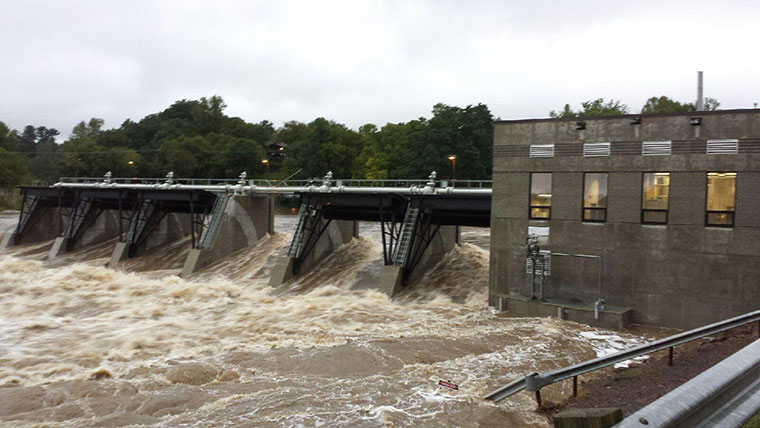Overhaul and modernization of equipment is essential for the longevity of a facility. As we discussed in parts 1 and 2 of this blog series, when it comes to overhauling or replacing critical equipment, the level of customer involvement can have significant impacts. I have been involved with major equipment overhauls from the customer, designer, and contractor side of projects. This series will cover how customer engagement affects the customer, the designer, and the contractor during the four stages of a typical project: development, design, procurement and execution. This blog will focus on the procurement stage.
Procurement stage
This is the stage that the customer obligates funding, and the solicitation package is assembled, reviewed, and published. The customer receives and evaluates bid proposals and selects the contractor for the award.
Customer
The customer sees that the final solicitation package is assembled and tracks its progress with respect to the procurement plan and project charter documents by:
- Conducting pre-bid job walks;
- Participating in the Proposal Evaluation process;
- Having a representative participate in any negotiations with potential contractors;
- Reviewing the final selection and award documentation prior to awarding the contract.
Benefits of customer involvement: When the customer is involved at this stage, they can better drive the timeline of the procurement stage and have a better understanding of the technical aspects of the proposals. This results in broader knowledge of market costs for various deliverables and requirements of the project for more accurate budgeting for future projects of similar scope. Through participation in negotiations, the customer gains an understanding of what is included in the final project scope and what is not.
Impacts of a lack of customer involvement: If the customer is not involved at this stage, they may believe that the awarded contractor is not providing the deliverables at a quality that they were expecting. Contract costs are substantially different than budgeted because the Contractor is interpreting everything that the Customer intended as scope of the work, as a change or unforeseen condition.
Designer
The designer works with the customer to determine which bid proposals comply with the technical requirements of the solicitation and specifications by:
- Helping to finalize the source selection plan evaluation criteria;
- Responding to technical Requests for Information (RFIs);
- Leading the technical evaluations of the proposals;
- Providing a technical opinion on any negotiated terms, as requested by the customer.
Benefits of customer involvement: The designer will receive input from the customer on their evaluation of the technical proposals. This gives them the necessary support for timely responses to RFIs during the bid proposal development period, and the customer will have a higher awareness of the technical rankings of the various bid proposals.
Impacts of a lack of customer involvement: Without the input of the customer, the designer typically assumes that the customer: wants the lowest bidder with a technically acceptable proposal; agrees with the bid proposal evaluation criteria; and accepts the costs, schedules, and risks of the selected bid proposal.
Contractor
The contractor assembles and submits a bid proposal package that completely and clearly describes their offering and meets the requirements of the solicitation and specifications to the best of their understanding. They work to provide the best value by:
- Thoroughly reviewing all solicitation documents prior to participating in any pre-bid job walks;
- Participating in pre-bid job walks;
- Submitting RFIs in a timely manner when clarification is required;
- Submitting a complete bid proposal package with their best offer.
Benefits of customer involvement: When the customer is involved at this stage, they will understand the project scope and requirements of the contract, which results in fewer changes later in the execution stage. There is also more consistency between the customer and designer for inspections and acceptance of work, resulting in less rework and confusion about desired added work for the contractor.
Impacts of lack of customer involvement: If the customer is not involved, there may be last minute, expensive changes to the work that would have otherwise been brought up during negotiations, RFIs, site-visits, etc.
As we can see, each stakeholder benefits significantly from customer engagement and involvement during the procurement stage, and the consequences for a lack of customer involvement can be costly and time consuming for everyone involved. Next up: the execution stage.


